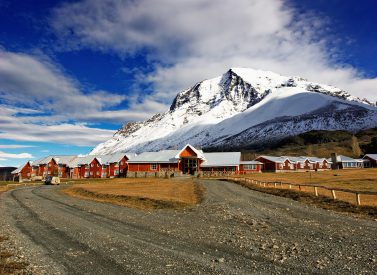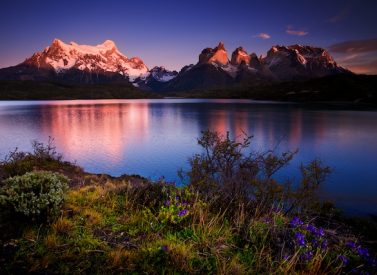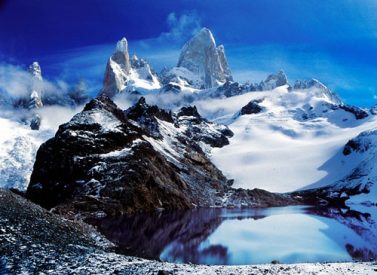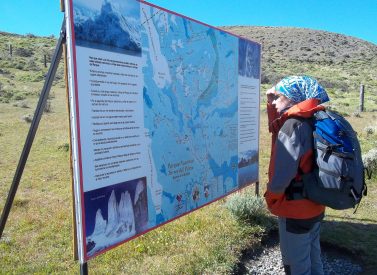
Paine W Classic Trek
Hike the best 7-day version of the classic W trek in Chile’s Torres del Paine National Park, Patagonia.
On this stunning small group trekking we travel to Torres del Paine and walk the classic Paine W hike.
This fully-supported guided Paine W trek is based on the standard W, but with a twist as you stay in a combination of a luxury Eco-Camp and mountain refugios.
Enjoy hot water showers, electricity and plenty of delicious food and wine.
More on trekking the Paine W trek, Patagonia
As well as the beautiful highlights of Grey Glacier, French Valley and Towers and Horns of Paine – there is a bonus visit to the Milodon Cave and the Eastern lakes of Torres del Paine national park.
In the award winning Eco-camp you can choose between standard and superior domes.
These tented, igloo-type domes which minimise environmental impact while providing a comfortable setting in nature.
Torres del Paine National Park
The name Paine comes from a Tehuelche Indian word meaning blue.
The Torres – or Towers – are named after three spectacular granite peaks, the highest reaching 2,900m/9,514ft, that form the centrepiece of Torres del Paine.
Other notable peaks include Paine Grande at 3,050m/10,007ft and Los Cuernos (the Horns) that range from 2,200-2,600m/7,218-8,530ft.
Forests, steppe lands, lakes and valleys surround them.
Trip Highlights
Print Share Download as PDF-
Hike to the base of the amazing granite spires of the Torres del Paine.
-
Trek along Lake Grey and see Grey glacier up close.
-
Walk up the French Valley.
-
Stay in comfort at the Eco-Camp.
-
High quality trekking guides.
-
Stunning Patagonian panoramas and wildlife.
-
Fabulous food each day.
-
Deep blue and green glacier lakes.
The Paine W trek was truly memorable in every possible way and the Ecocamp deserves special mention, what a wonderful place.
C. Burley, Paine W
Full Itinerary
Day 1: Punta Arenas or El Calafate - Paine, Eco-Camp (L,D)
The trip starts in Punta Arenas, Puerto Natales, or El Calafate, with various pick-up times and points. There is a morning and afternoon transfer available in Chile, and the included lunch may be a boxed lunch, depending on your arrival time.
Punta Arenas (AM transfer): From hotels or the airport for flights landing before 11am. Drive to Puerto Natales for lunch, then onward (3.30pm departure) to the Eco-Camp, arriving around 5.30pm.
Punta Arenas (PM transfer): From hotels or the airport for flights landing between 11am-3pm, with lunch in Punta Arenas. Drive to Puerto Natales, then onward (6pm departure) to the Eco-Camp, arriving around 8pm.
From El Calafate: Make your own way to El Calafate bus station and take the morning bus (07.00 approx., included in the trip price) from El Calafate to Puerto Natales. Meet group for lunch, and take the private transfer into the Eco-Camp.
Torres del Paine Eco-Camp
From Punta Arenas we drive to our Eco-Camp, located in the world famous Torres del Paine National Park, and choose between superior or standard domes. During the summer the sun sets around 23.00, so as we drive in there is plenty of light lingering so we can admire the Patagonian steppe, with its resident guanacos and snow-peaked mountains horizon.
En route, there are a couple stops. One is at Puerto Natales, a small but lively town on the shores of Seno Última Esperanza – “Last Hope Sound”. You can have a look around, buy any last minute necessities, and leave any luggage at our office that you won’t need for the trek.
Our second stop is at Cueva de Milodon, a massive prehistoric cave where the remains of a giant ground sloth were discovered in the 1890’s. The surrounding area is very scenic with plenty of wild birds to be seen.
The day ends with an overnight at the eco camp at Las Torres.
Driving: 400 km / 250 miles / 5-6 hrs driving.
Day 2: Lake Nordenskjold trek to Los Cuernos, refugio (B,L,D)
We start our adventure in the Park with a pleasant walk along the Cuernos trail, which skirts the beautiful Lake Nordenskjold. During this walk we get our first glimpses of the park’s charming flora and fauna, and will no doubt experience its strong wind and the changeable weather that will accompany us for the next few days.
As we advance along the trail, we will be able to enjoy magnificent views of the park’s central lakes and the Horns of Paine – majestic black horn-like peaks of slate atop gray granite blocks which crown the centre of the Paine Massif.
The trek ends at Refugio Los Cuernos, a small and cosy mountain refugio located on the shores of Lake Nordenskjold.
We have dinner here, and a free evening. We may camp.
Distance walked: 16 km / 10 miles, 6-7 hours
Day 3: Valle Frances, refugio (B,L,D)
After breakfast, we begin our trek up Valle Frances (French Valley), a steady and in places steep trail that goes into the very heart of the Paine Massif.
The trail leads us to a bridge over the French River, located at the foot of the south east face of the Massif. From here we get our first great view and then continue up the trail to the upper reaches of the valley.
As we reach the top of the trail, we enter a vast cauldron, surroounded on almost all sides by impressive peaks and mountains.
You can see Hoja (Blade), Máscara (Mask), Espada (Sword), Catedral (Cathedral), Aleta de Tiburón (Shark’s Fin) and the magnificent Fortaleza (Fortress). Here we have a picnic and relax after our ascent, and for those with lots of energy, there is an optional trek to Mirador Britanico.
After lunch, we retrace our steps and at the end of the valley, head west along some undulating terrains of mixed grassland and light forest until we reach Refugio Paine Grande, located on the shores of Lake Pehoe.
Here we will camp, and prepare the evening meal.
Distance walked: 25 km / 15 miles, 8 hours
Day 4: Glacier Grey walk and boat, Eco-Camp (B,L,D)
Today we hike from Paine Grande Lodge and along the shores of mountain-lined Lake Pehoe to the northern end of the glacial Lake Grey. One we reach the place where the glacier and water meets, we stop for lunch.
After sitting and admiring the view. we board a boat that sails close to the blue and icy faces of Glacier Grey. You have plenty of time to marvel at this calving glacier before the boat heads south and sails across the iceberg-filled Lake Grey to where our van awaits.
From Lake Grey’s southern end we hop in our van and drive to the Eco-Camp.
Note: If weather conditions prevent the Lake Grey crossing, we hike to and from Glacier Grey instead. When we get back to camp, we board a catamaran and cross Lake Pehoe to meet the van. Then it’s a short drive back to the Eco-Camp.
Day 5: The Towers of Paine, Eco-Camp (B,L,D)
Time for a big breakfast as today our goal is to complete the most famous trekking trail in Torres del Paine National Park – to the Towers of Paine viewpoint.
We walk from the camp site towards Hostería Las Torres and then connect with a winding uphill path to Ascencio Valley. We pass through Southern beech forests and cross small streams as we head into the valley. The first stages of the walk are not difficult but energy should nevertheless be saved for the final ascent.
There is a large area of moraine before the Towers, and this is sufficiently steep in places to involve a bit of scrambling. After about 45 minutes of crossing the moraine, efforts are rewarded when the Towers come into full view, rising majestically with the its green glacial lake visible below.
The famous Towers of Torres del Paine (2,900m/ 9,400ft) consist of three gigantic granite monoliths, the remains of a great rock sheared away by the movement glacial ice.
At the feet of the mighty Torres del Paine, we admire the view and have lunch, and when everyone is ready, we backtrack along the Ascencio Valley and return to the Eco-Camp.
Distance walked: 21 km /13 miles, 9-10 hours
Day 6: Relaxing day in the Eastern Lakes, Eco-Camp (B,L,D)
A nice, lazy day where we hike to the Laguna Azul lookout. From here we have a gorgeous view of both the lake and granite towers. We continue along the eastern side of Lago Sarmiento – here guanacos are often spotted, as well as interesting calcium formations close to the water.
Next we head to Paso Las Corneas, which offers spectacular views of Rio Paine, Lake Pehoe and the Massif of Paine. Depending on how the group is feeling, we can also hike to the Toro lookout point that offers more amazing scenery – Lago Toro and the pampa, or steppe.
Upon returning to the Eco-Camp, a farewell dinner is prepared in true Patagonian style – a barbecue!
Distance walked: 5-8 km / 3-5 miles, 3 hours
Day 7: Transfer out to Punta Arenas, tour ends (B,L)
Early this morning we wake up, pack up our belongings and drive out (departure time between 8-10am)
Puerto Natales airport or hotels: Arrive between 10am-noon
Punta Arenas airport: Arrive after 1-1.30pm. Book flights departing 14.30 or later.
Punta Arenas hotels: Arrive 1-2pm.
For El Calafate: Private transfer from Eco-camp to Cerro Castillo to catch the morning public bus to El Calafate (bus and transfer included in tour price), arriving around 2pm.
Note: For bookings made less than 6 weeks before departure, we can’t guarantee space at the refugios. If space isn’t available then accommodation will be provided in the refugio camping areas in a comfortable tent, including mat, sleeping bag and a polar fleece liner; our team will set and dismantle the camp; refugios provide meals and the bathroom facilities.
Prices From $1,940 / £1,577 per person
What's Included?
Ground transport, Lake Grey crossing, 4 nights in Eco camp (sharing a 2 person dome), 2 nights in refugios (or camping if refugios are full), Cueva del Milodon visit, Paine National Park entry fees, bilingual trekking guide, sleeping bag for the refugios if needed, trek support – you carry just your daypack, meals – 6 dinners, 7 lunches, 6 breakfasts, some wine with some meals.
What's Not Included?
International and domestic flights, insurance, personal items, sleeping bag and sleeping mat, tips, personal items, alcoholic or soft drinks.
Accommodation
Mixture of Eco-Camp and refugios/camping
Eco-Camp: Eco-Camp Patagonia is located in the heart of Torres del Paine National Park in Chile, with a unique view of the majestic granite towers. The region’s first fully sustainable accommodation south of the Amazon and the first of its kind in the Patagonian wilderness, Eco-Camp offers upscale camping in geodesic domes inspired by the region’s ancient nomadic inhabitants.
Eco-Camp standard domes were the world’s first Geodesic Dome hotel room. At 3.6m/12ft in diameter and 2.4m/8ft in height, they allow two people to sleep and stand comfortably inside. They are resistant to the strongest Patagonian winds, rains, and snow, and come equipped with two single beds (doubles on request), a radiator for heating, very cozy fleece blankets, feather quilts and organic elements for decoration. There are round windows in the ceiling to look at the stars. Eco-Camp’s standard domes offer shared bathrooms, which aid our environmental initiative by collecting waste in a central heated composting chamber and allowing more control of water consumption and heating.
Superior Domes at Eco-Camp are spacious, comfortable and equipped with private bathrooms, Superior Domes are the optimum choice for trekkers wanting that bit more space and comfort at the end of a long day’s walk. Guests can fall asleep looking up at the star-lit sky from their cozy bed and wonder at nature’s immensity as they hear the wind hurtling outside. Each Superior Dome has comfortable queen-size or twin beds, a propane heater and a private bathroom with a sophisticated composting toilet.
Suite Domes at Eco-Camp are comfortable Geodesic domes (28m2 / 300ft2)built in the same shape as the ancient Kaweskar tribe dwellings. Their structure produces minimal environmental impact while providing an efficient thermal and wind resistant unit, with great exposure to nature in the most magnificent Patagonian setting. Guests can gaze at the stars through the ceiling windows while falling asleep each night, after enjoying a spectacular sunset from their private terrace.
Each Suite Dome has comfortable double or twin beds, a private bathroom with a state of the art composting toilet and a modern low-emission wood stove. Electricity is very limited inside the domes, meaning hairdryers are not permitted, but laptops and cameras can be charged. Inside Suite Domes, open terrace to read, relax and admire the view.
Enclosed porch to hang wet clothing; Comfortable King-size or twin beds; Low-emission wood stove; Patagonian decoration; Propane heater in bathroom; Private fully-equipped bathroom; State of the art composting toilet.
Note: If Eco-Camp / refugios are full, we offer camping.
Camping: The tents arranged for this program are typical mountain tents with enough room for 2 people overnight in comfortable conditions. We provide all the camping gear but you have to bring your own mat and sleeping bag (please ask us for mats and bags rental rates).
Our team will be responsible for setting up the tents in the camping site. There will also be a big and comfortable dining tent for enjoying dinners and breakfasts. Additionally, the camping sites along the trek will have mountain bathroom facilities in good condition.
Tour Staff
Guides are English-speaking trekking experts with many years’ experience of trekking in Paine.
The Eco-camp staff and porters are all locals.
Meals
We can cater for almost all dietary requirements – please enquire for more.
While trekking, you usually wake early, around 07.00. If you are staying in refugios, you will be in a bunk bed in a dorm, and meals are eaten in a communal dining hall. If there is no space in the refugios, we camp in the grounds, and your meals are prepared and served to you in a dining tent, and will be a mix of hot drinks, cereals, fruits and toast with jams.
After breakfast, packs are prepared and your guide will explain the day’s walk, and you typically walk 3-4 hours in the morning before lunch, with a short or break or two en route.
Each trip will have its own menu depending on the local food and typical dishes prepared in the area and on many trips meals are enjoyed in restaurants providing a wide array of local cuisine.
At Eco-Camp Patagonia a lot of effort has been put into developing a menu of fresh hearty meals using locally-sourced ingredients. Meals at mountain huts on trekking routes are simple but plentiful.
Activity Level
This is a moderate trek with some long ascents and descents.
This is the right trip for energetic people who like to be active and have a spirit of adventure and a positive attitude. To enjoy this trek it is essential to be in shape before you arrive.
It is not wise to regard this trek as a means of getting into shape or losing excess weight. Start a program of conditioning well before departure.
Practical Information
Introduction to Patagonia
For most people, Patagonia evokes a vast, windblown plateau, jagged mountains and the life of the gauchos.
The steppe that occupies much of southern South America is only one aspect of a magical region, jam-packed with amazing and contrasting landscapes.
Patagonia (latitudes 40°-55°, approximately) embraces a vast portion of southern Chile and Argentina, from the Rio Colorado in the north, to Tierra del Fuego in the south.
For convenience, we have divided the region into three zones: the Lakes District of northern Patagonian, central Patagonia and southern Patagonia.
Geography of Patagonia
Southern Patagonia (latitudes 49° to 55°), encompassing the southern Andes of Chile and Argentina plus Tierra del Fuego, has an altogether more vertical aspect than the rest of Patagonia.
As the continent tapers towards its southern point, the Andes take on new characteristics and offer some truly impressive panoramas.
Much of southern Patagonia is characterized by virgin landscapes where man’s hand has either not been present or, because of the scale of the landscapes, goes almost unnoticed. To the west of the semi-arid Patagonian plateau, mile-high granite spires – e.g. Cerro Torre and Fitzroy in Argentina and the Torres and Cuernos del Paine in Chile – rise abruptly from the Andean foothills, while vast blue glaciers, fringed by southern beech forest, gouge out thevalleys below.
At the heart of these magnificent landscapes lies the South Patagonian Ice Field, an utterly remote icy wilderness spanning hundreds of kilometers, whose glaciers – including the Perito Moreno and Upsala – are tens of kilometres long by severalkilometers wide.
Also characteristic of the southern Patagonian Andes are its turquoise, iceberg-filled lakes. To the west lies the southern portion of the Chilean Archipelago, comprising snow-capped islands and fjords.
Across the Magellan Straits from mainland Patagonia lies Tierra del Fuego which, like the rest of Patagonia, is divided between Argentina and Chile.
The north and east of Tierra del Fuego is flat, but flanking the Beagle Channel in the south, the tail end of the Andes provide very dramatic mountain scenery.
The Lake District (latitudes 40° to 45°) or the Araucania, is a region of dramatic conical volcanoes, evergreen, high-canopy forests and, of course, lakes.
It straddles the Chile-Argentine border, and also takes in Chiloe island, in the extreme north of the Chilean Archipelago. This region stretches from Temuco in the north to Chiloe in the south.
Central Patagonia (latitudes 45 to 49) is one of South America’s best-kept secrets. The vast wilderness area can be divided in two:
- The dry band of Andean foothills and wind-blown plateau lying on the Argentine side of the Andes. This remote area is traversed north to south by a gravel highway known as the Ruta Cuarenta (Highway 40).
- The Chilean portion to the west of the Andean watershed, often referred to as the Careterra Austral (after the little-used gravel highway that crosses it from north to south).
This huge region, embracing the sparsely-inhabited southern Araucaria and Aisén Region, features temperate rainforests, snow-peaks (often extinct volcanoes), lakes and, to the west, the Chilean Archipelago: a labyrinth of fjords and mountain-islands. This, the Chilean portion of central Patagonia, boasts the northernmost of Patagonia’s many giant, sea-level glaciers.
The San Raphael Glacier, probably this region’s most famous landmark, is an immense hanging glacier whose seracs calve into an iceberg-filled lagoon.
Find out more about Patagonia with our blog about its wildlife.
Kit list
Good kit is vital for every trip.
Book with Andean Trails and get 15% off Páramo’s fantastic ethical and high performance outdoor gear.
Overview
When planning for the varied climatic conditions encountered in Paine, layering is the most practical and versatile clothing system. It’s worth remembering that our clothing keeps us warm by retaining and isolating the heat we ourselves create.
To best maintain body heat, several layers of lightweight, warm and quick-drying clothing are far more efficient than one or two thick layers. Layers should have the following qualities:
- Breathability (able to wick away the humidity produced by sweat):
- Isolation (able to keep in the warm air our body produces); and
- Impermeability (able to impede the passing of wind and water).
First (base) layer: This layer wicks the sweat away from our skin, thus helping keep the body dry and warm. To this end, synthetic fabrics such as polypropylene should be used.
Mid layers: These isolating layers should also be synthetic (e.g. the known polar linings such as polartec or windblock, which are light and insulate twice as well as wool). Very important layers for retaining body heat.
Outer layer / shell: Finally, the vital layer which protects us from climatic adversities. A breathable, wind-proof and waterproof anorak, such as Goretex.
Give plenty of thought to kit selection, and try to keep weight down.
We also carry an extensive first aid kit on all trips, but these are generally for emergencies only.
Trek with a small backpack only
Your main suitcase/large rucksack stays at the Eco camp (which is near Torres Refugio) and where you arrive on Day 1.
Through the trip, you carry a daypack (about 30 litres) for camera, coat, lunch, water, etc, on a daily basis.
You will given a small duffel bag at the first eco-camp, within which you put clean clothes, books etc. Porters carry this duffel for you, so that it is awaiting for you on arrival at each refugio.
Below is a more detailed kit list.
Detailed kit list
- 2 pairs synthetic inner socks (e.g. polypropylene, thermastat, coolmax) and 2 pairs thick loop-stitch/wool socks for cold.
- Trekking boots – should be well broken-in, waterproof and provide good ankle support.
- Trainers/sandals for city-wear, evenings at lower camps & river crossings.
- Base layer leggings (1 pair).
- Thick fleece leggings (or salopettes) (1 pair).
- Goretex-type over-trousers (or salopettes) (1 pair).
- Trekking trousers (2 pairs).
- Shorts – wear sparingly in early stages at altitude, as sun burns.
- Thermal base layer shirts (2).
- Microfleece mid-layer shirt (1).
- Shirt/t-shirt 1 or 2 for lower altitudes. Long-sleeved, collared shirt protects against sun
- Fleece jacket or similar (1).
- Warm jacket (down or synthetic). For camp and upper slopes.
- Waterproof Goretex-type jacket.
- Broad-brimmed sunhat, essential.
- Warm hat, fleece or wool. (N.B. Up to 30% of body heat can be lost through the head).
- Sunglasses with UV filter.
- Scarf for cold.
- Bandanna – to protect neck from strong sun.
- Light inner gloves
- Warm gloves, e.g. fleece, and outer waterproof gloves or mittens (1 pair)
- Mittens allow you to keep the fingers together, and better conserve heat (though they also make it difficult to perform certain tasks).
- Daypack (at least 30 litres). Comfortable and with waterproof lining or cover.
- Large rucksack or suitcase.
- Pair of telescopic trekking poles.
- Water bottle (2 litres approx.) & purification tablets.
- Personal first-aid kit to include: painkillers, plasters (band-aids), moleskin, anti-biotic cream, general antibiotics (ask your GP), after-bite (tiger balm), anti-diarrhoea tablets, throat lozenges, re-hydration salts & personal medication.
- Insect repellent.
- Towel & wash-kit.
- Wet Wipes/antiseptic hand-wash cream.
- Toilet paper (1)
- Sunscreen (factor 30+) and lip salve.
- Head-lamp (plus spare bulb and batteries).
- Penknife.
- Travel alarm clock.
- Plastic bags – ‘Zip-loc’ & tough bin liners.
- Camera and film / memory cards (take at least twice the amount you think you will need!).
- Book, e-book, mp3 player/ipod or other to help pass the time,
- Binoculars.
- Spanish/English phrasebook.
- Extra snacks i.e. cereal bars or favourite chocolate bars.
All non-personal trekking camping gear e.g. tents, cutlery etc is provided.
Miscellaneous others
- Money belt.
- Passport.
- U.S. dollars cash, mixed-denomination notes, undamaged and unmarked.
- ATM cash/credit card.
- Any inoculation certificates.
- Personal & medical insurance certificates.
- Presents e.g. Postcards from home.
- Comfortable clothes for travel, smart clothes for night life.
Porters and luggage
You only need to trek with a daypack on this tour.
Main suitcase/large rucksack stays at the Eco-Camp (which is near Torres refugio) and where you arrive on Day 1.
You are given a small duffel bag at the first eco-camp, which is transported around for you by porters between each refugio. You meet up with every night at the refugios, so you can have clean clothes, books etc, which you don’t need to carry in your day pack.
Through the trip, you carry a daypack (about 30 litres) for camera, coat, lunch, water, etc, on a daily basis.
Vaccinations for Patagonia
We strongly suggest that everyone planning to travel to Patagonia visits their local doctor/travel clinic prior to departure for the latest vaccination information.
Recommended vaccinations
- Up-to-date diphtheria and polio.
- Tetanus or tetanus booster. (These three are effective for ten years.)
- ‘Havrix’ for Hepatitis A. The course of two injections protects you for ten years. Gamma globulin is cheaper butless effective.
- Typhoid vaccine is recommended by some doctors although it will not provide total protection and being careful about what you eat and drink is your best defence. It is given in two shots, four weeks apart and lasts for three years. Unless at exceptional risk, people over the age of 35 who have received four or more courses of typhoid immunisation need no more.
- A pre-exposure rabies vaccination is worth considering if you are going to be in contact with animals or morethan 24 hours away from a reliable source of vaccine. Hikers are at some risk from rural dogs, certain of which carry rabies, and those visiting coastal or rainforest areas could be exposed to rabid bats.
- Malaria is not a risk in Patagonia.
Quick facts about Patagonia
Chile
Official name: Republic of Chile
Country population: 17,000,000
Capital city: Santiago (6 million)
Largest cities: Santiago, Concepcion, Valparaiso
Languages: Spanish (official)
Official currency: Chilean Peso
Major industries: Copper mining, agriculture, fish
Time zone: GMT-5 in winter (Mar-Sep) and GMT-4 in summer (Sep-Mar)
Argentina
Official name: Argentine Republic Country
Population: 40,000,000
Capital city: Buenos Aires (11 million)
Largest cities: Buenos Aires, Cordoba, Rosario
Languages: Spanish (official)
Official currency: Argentine Peso
Major industries: Agriculture (Soy), motor vehicles, chemicals
Argentina: GMT-3
ATOL holiday protection
Andean Trails has 25 years of experience of putting together the best South America holidays.
We pay a fee to the CAA for every licensable passenger we book since we hold an Air Travel Organiser’s Licence granted by the Civil Aviation Authority. In the unlikely event of our insolvency, the CAA will ensure that you are not stranded abroad and will arrange to refund any money you have paid to us for an advance booking.
We also offer ATOL (Civil Aviation Authority) protected holidays to give our customers peace of mind when booking and travelling.
When you buy an ATOL protected air holiday package from Andean Trails Ltd you will receive a Confirmation Invoice from us confirming your arrangements and your protection under our Air Travel Organiser’s Licence number 6275.
You can read more about ATOL, who is covered and what protections you have if not ATOL-covered, on our ATOL page.
What is ATOL?
The CAA’s ATOL scheme offers protection to your money and your holiday if you book with us. Not everybody is covered (see ‘Who is covered?’ for more), as you must purchase an ‘air package holiday’ with Andean Trails to be protected.
And ‘air package holiday’ is defined as including a flight and some ground services (hotel, transfer, trek etc). This is also known as an ‘ATOL-protected holiday’.
Who is covered?
To be covered by ATOL, you must book a flight and some ground services with us and be from the UK. If you are from the UK and only book ground services and no flights, you are not covered by ATOL (see below for more on how non-ATOL clients are covered).
If you are outside the UK and buy flights with us, you will be ATOL protected IF any of the flights booked with Andean Trails touches/stops in the UK at any point during your holiday package booked with us.
If you buy your flights elsewhere, please check with that agent if you are ATOL protected. Be careful with online flight purchases and make sure you know what protection you have, if any, before paying for flights.
Not all holiday or travel services offered and sold by us will be protected by the ATOL scheme. Please ask us to confirm what protection may apply to your booking.
For land only holidays not involving any air travel, in accordance with “The Package Travel, Package Holidays and Package Tours Regulations 1992”, all UK passengers booking with Andean Trails Ltd. are fully protected for the initial deposit and subsequently the balance of all money paid to us, arising from cancellation or curtailment of travel arrangements due to the insolvency of Andean Trails.
I’m not ATOL covered, what protection do I have?
If you are not ATOL covered, any payments you make to us go to a Trust account.
We can only access this money once your tour has been completed, meaning that if anything happens to Andean Trails Limited while you are on holiday, then your money is secure and you can either complete the trip or be able to make it home.
If you pay for your holiday with a credit card, some offer payment protection – please check with your cardholder.
You also should have cancellation protection written into your insurance (which we recommend you have at the time of booking) in case you need to cancel.
Available Dates


Dates & Prices
Select an available date to view pricing and information for that particular trip.
Price depends on season and dome type:
Shoulder season: Sep 30-Oct 31, 2024 & Apr 1-28, 2025.
High season: Nov 1-Dec 14, 2024 & Jan 15-Mar 31, 2025.
Peak season: Dec 15 2024 to Jan 14, 2025.
Domes: standard, superior, or suite.
Above price based on sharing a twin/double standard dome in shoulder season.
Single supplements apply.
Can’t find what you’re looking for? Get in Touch
+44 (0)131 378 5593
+44 (0)131 554 6025




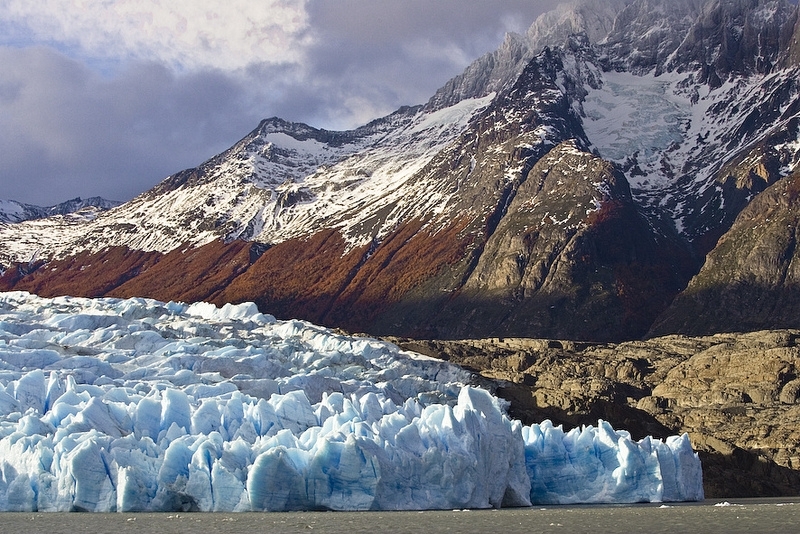
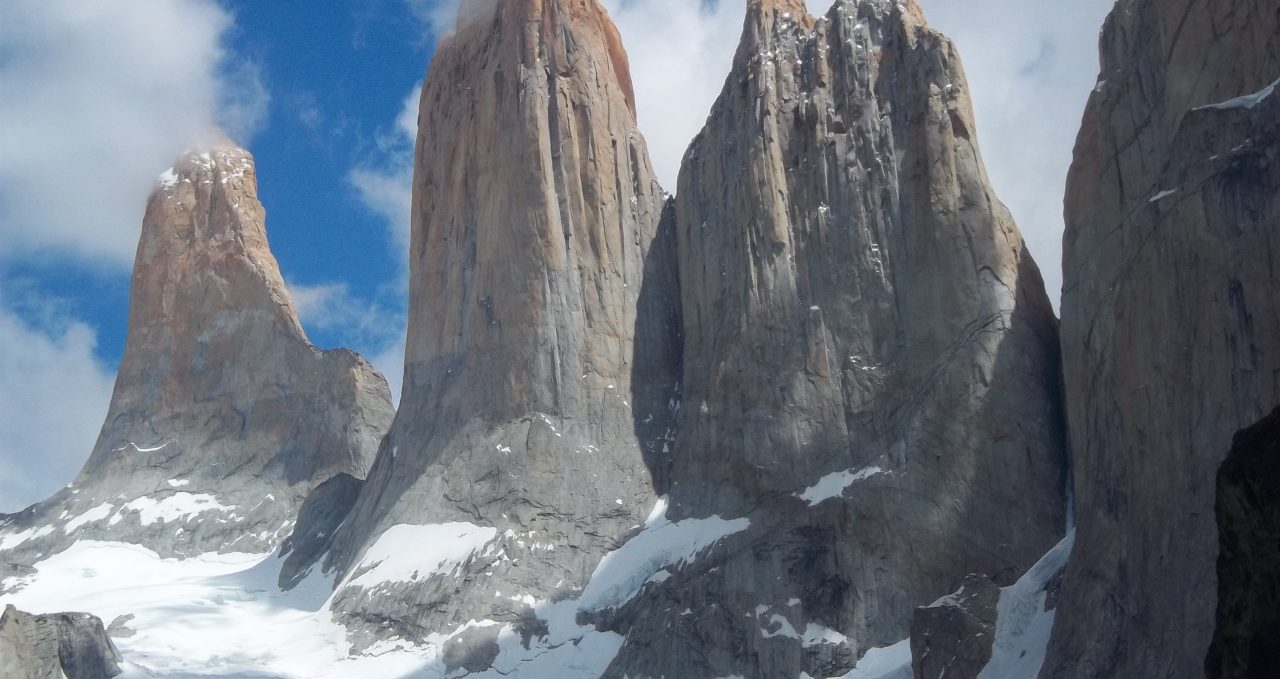
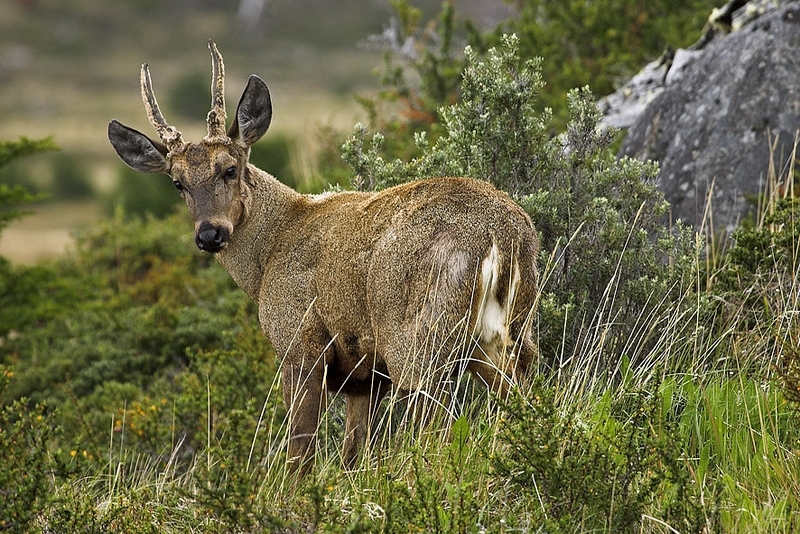
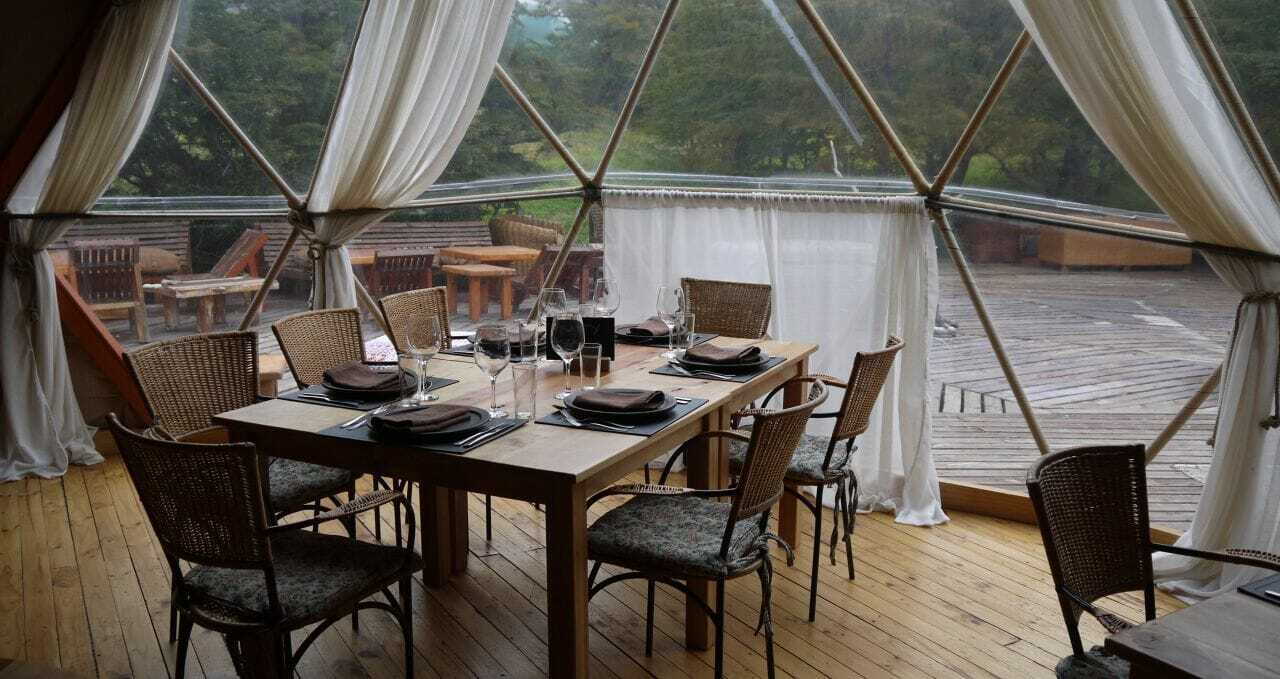
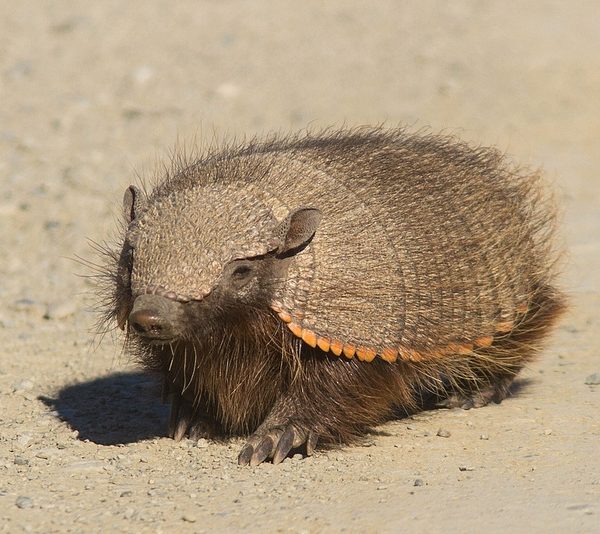
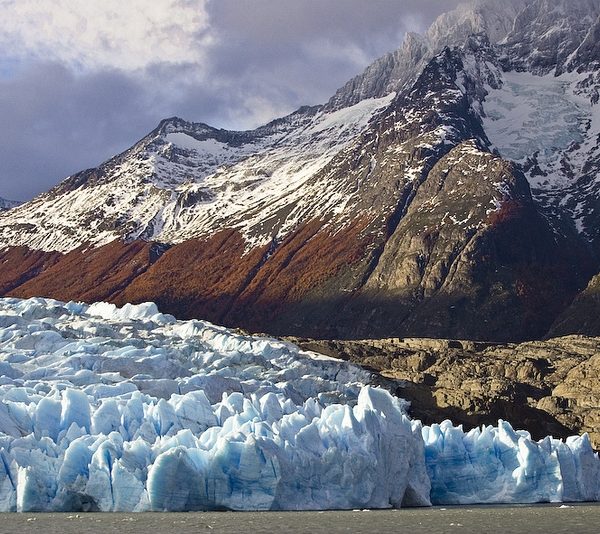
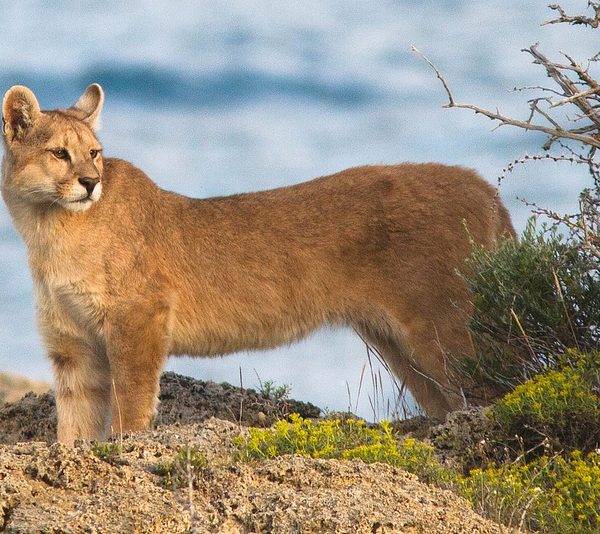
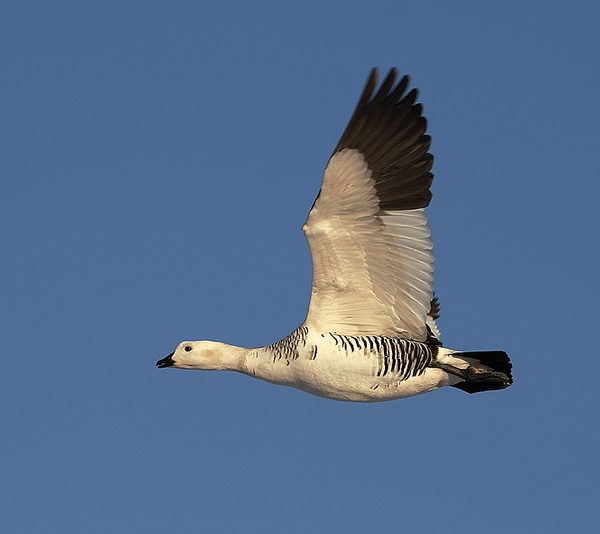
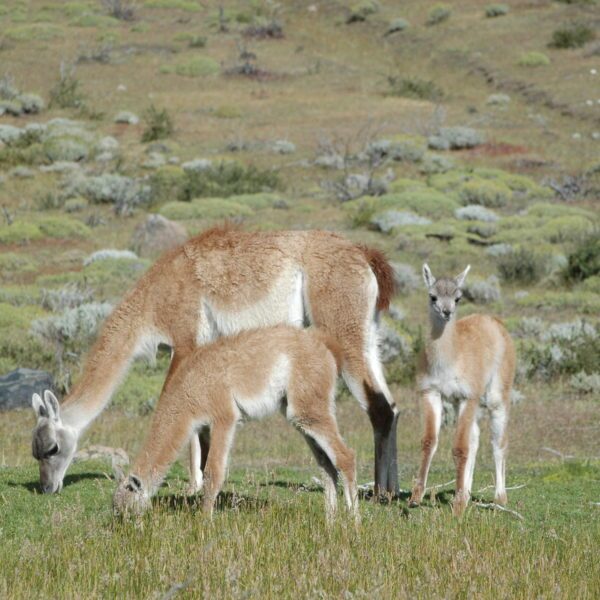
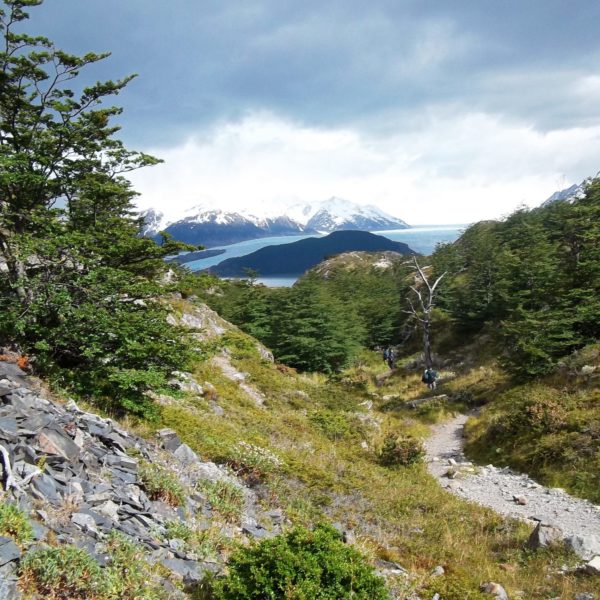
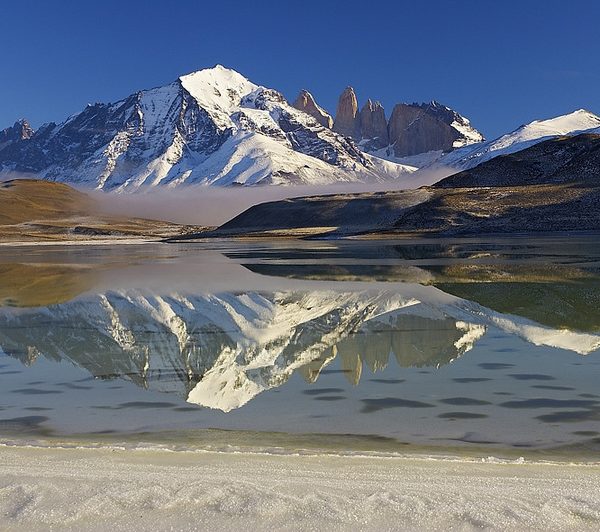
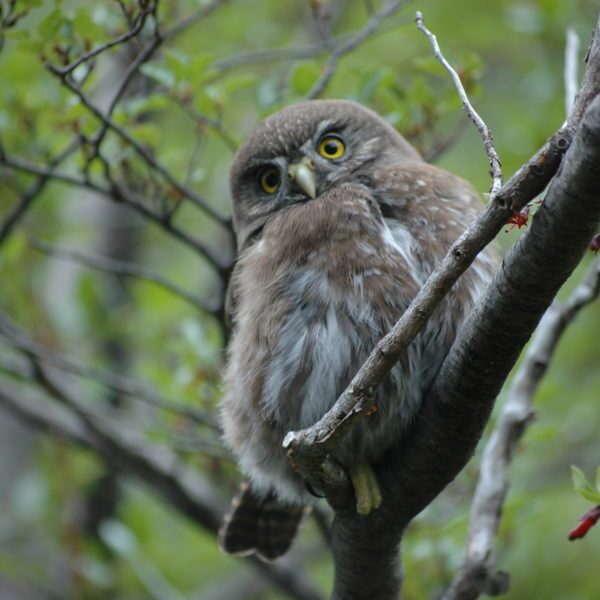
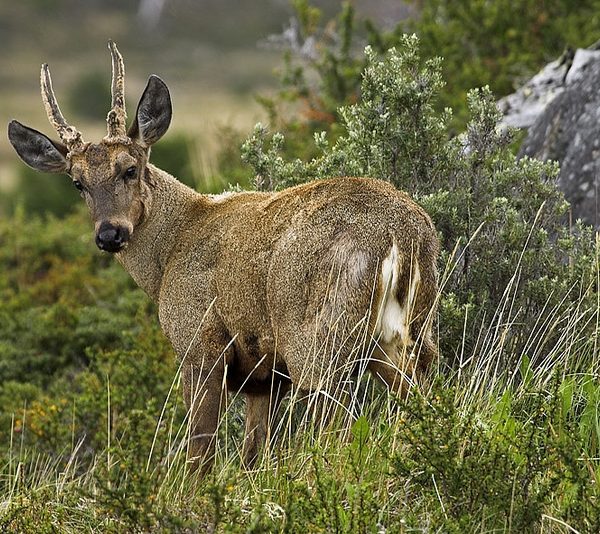
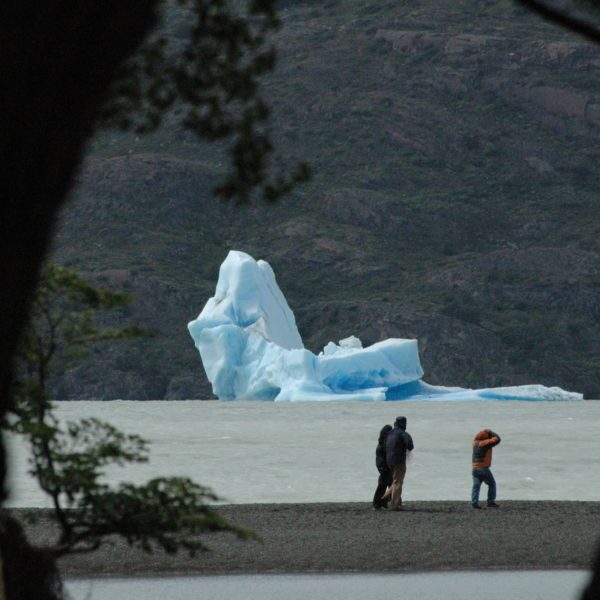
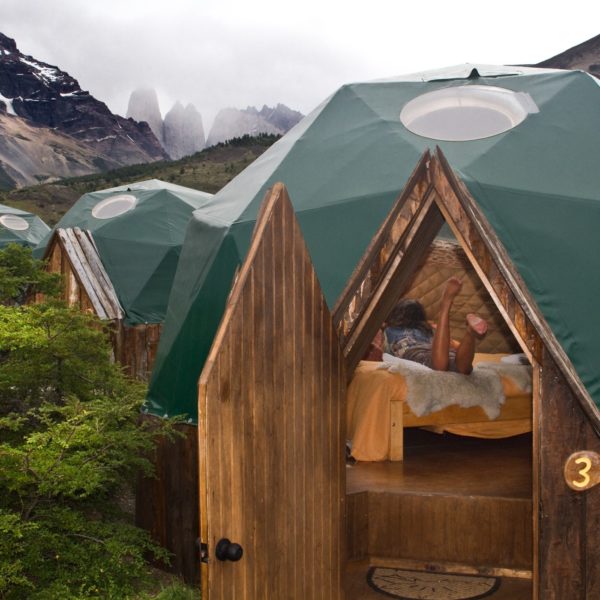
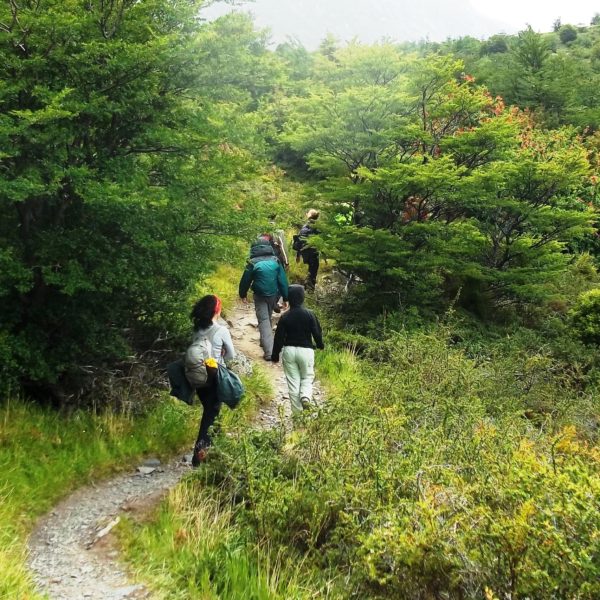
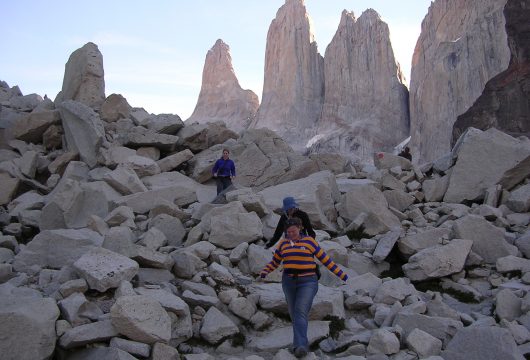
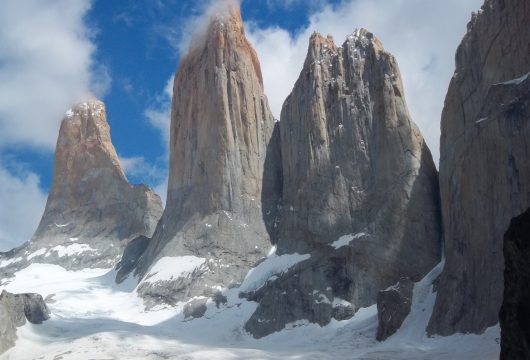
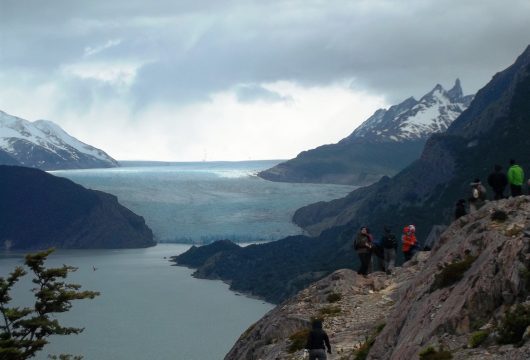
 a Group Tour
a Group Tour  a Tailor Made Tour
a Tailor Made Tour 